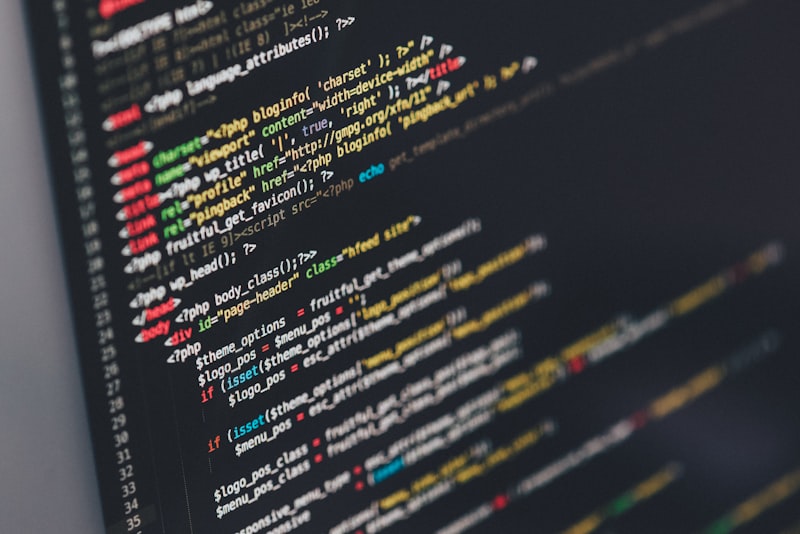API Security Best Practices for Modern Applications
Comprehensive guide to securing APIs and GraphQL endpoints based on real-world experience at Dream11 and Levo.ai.

Introduction
API security has become a critical concern as organizations increasingly rely on APIs and GraphQL endpoints to power their applications. Based on my experience securing APIs at Dream11 and building security tools at Levo.ai, here are the essential practices for robust API security.
Key Security Practices
Authentication & Authorization: Implement proper OAuth 2.0 or JWT-based authentication with role-based access controls. Ensure tokens have appropriate expiration times and implement refresh token rotation.
Input Validation: Validate all inputs at the API gateway level and application level. Use schema validation for GraphQL endpoints and implement rate limiting to prevent abuse.
Monitoring & Logging: Implement comprehensive logging and monitoring using tools like ELK stack. Set up alerts for suspicious API usage patterns and potential security incidents.
Conclusion
API security requires a multi-layered approach combining proper authentication, thorough validation, and continuous monitoring. Regular security testing and threat modeling are essential for maintaining robust API security.